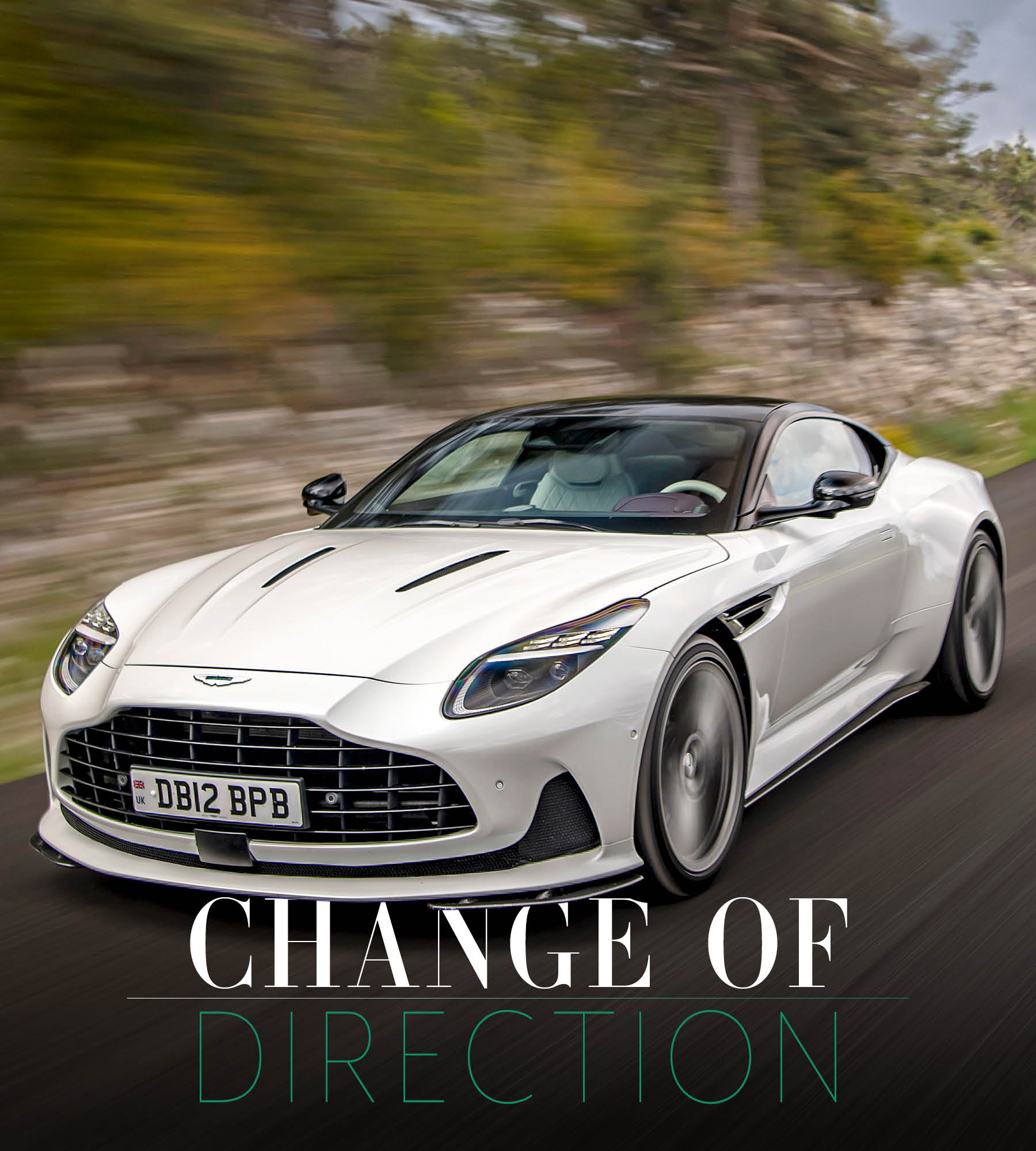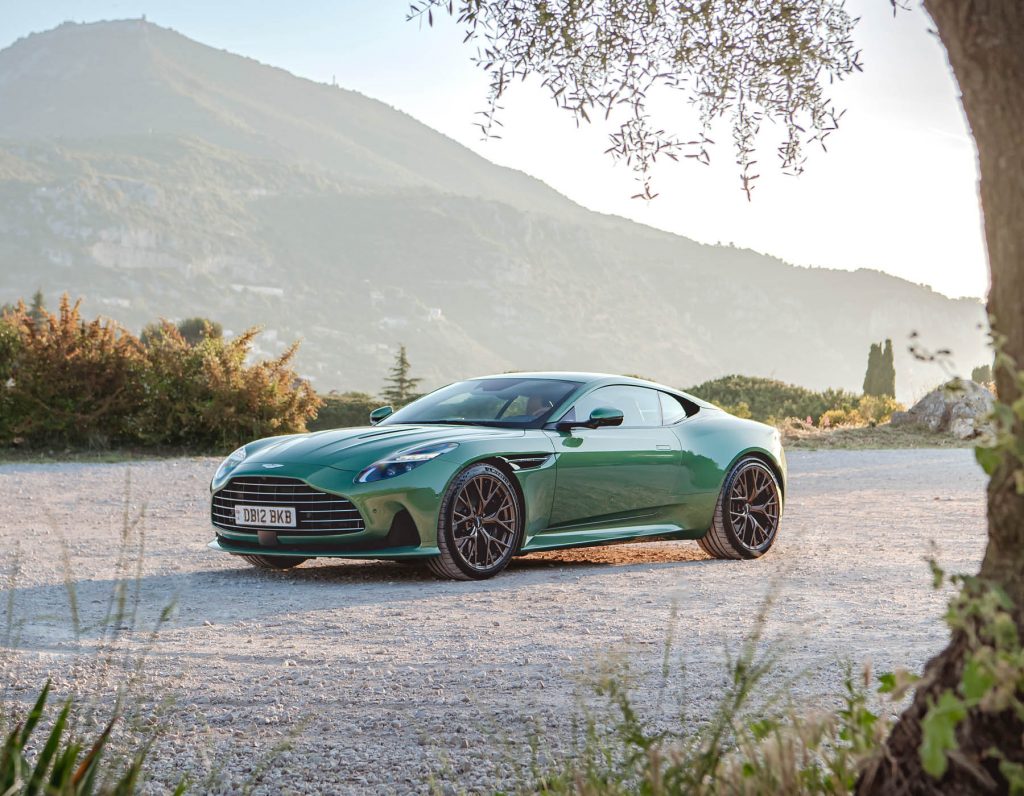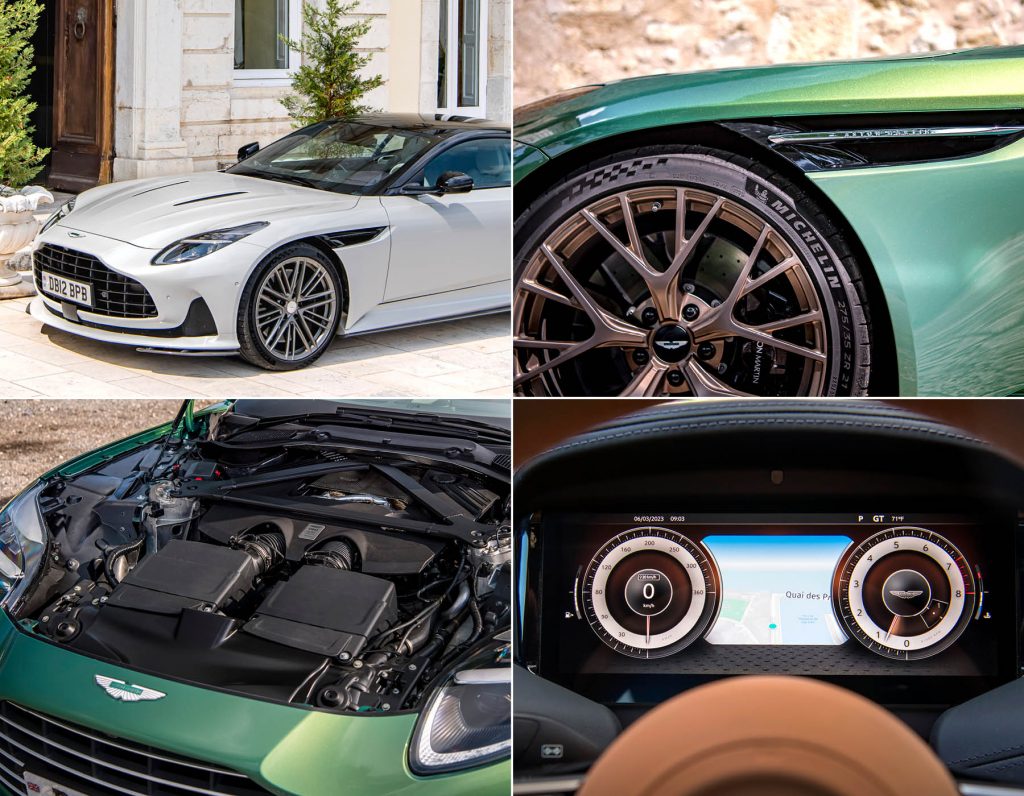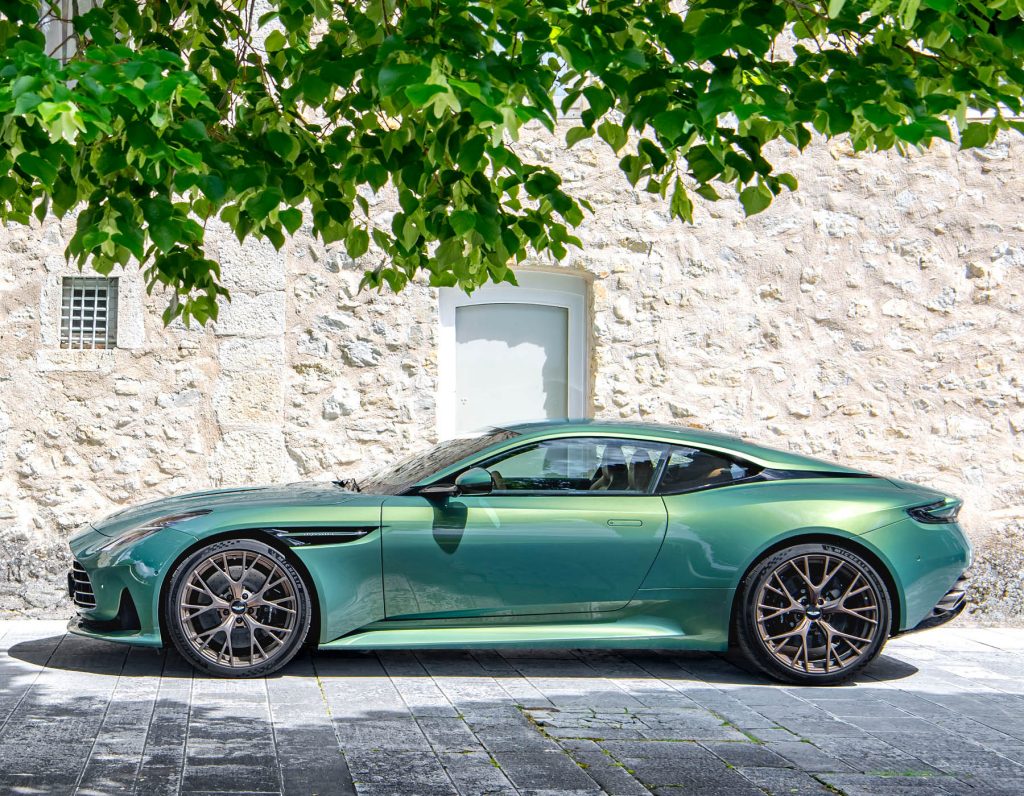Language
You can read the magazine in one of the following languages
Geolocation
You can read the global content or the content from your region

Some say it’s the timeless elegance. Others point to the association with a certain fictional British spy. And some reckon it’s because collectors drop obscene money on rare early models – just six years ago, a 1956 DBR1 that won Le Mans auctioned for US$22.5 million.
Either way, Aston Martin’s DB model remains one of motoring’s sacred pillars, 75 years after the classic grand tourer made its debut.

It’s generally agreed that if the brand was ever insane enough to scrap the nameplate, a direct portal to Hell would open over the company’s Gaydon headquarters, raining fire and brimstone over the head of whoever was responsible.
It is then, with no small amount of excitement, that the latest version of this cultural icon, the DB12, comes to market, six years after its predecessor.
Back then, consumers knew more or less what the winged Aston Martin logo stood for: refinement, sporty heritage, occasional flirtations with bankruptcy.

But this is no longer enough. The feeling around Aston’s corridors is that the brand has drifted too near the genteel, lambswool-carpeted world inhabited by Bentley and Rolls-Royce, and too far away from the shock-and-awe experience of Ferrari and Lamborghini.
Billionaire Canadian Chair – and occasional star of the Netflix F1 hit Drive to Survive – Lawrence Stroll wants all future Astons to be faster, more fun and more modern.
We’re outside an aerie-like hotel in the hills behind Monaco, France for the car’s worldwide launch. Close up, there’s not much evidence of a design revolution; more of an evolution, really.
The larger imperious grill, broad haunches and enhanced bonnet curvature lend the DB12 a sensuous, masculine air, nudging it closer to Aston’s DBS Superleggera than its direct predecessor in terms of aesthetics.

It’s a gorgeous design, though; just being around the car will make you contemplate doing impulsively crazy things like selling your house and putting it all into Dogecoin, just so you could afford one.
And there are some neat modernizing touches, too, such as the frameless side mirrors, flush door handles and a beguiling new headlight design.
No one ever said Astons were ugly, of course. Aston wants to up its game, not on Instagram, but on the road – roads like the legendary Route Napoléon, a twisty driving playground wedged between the Mediterranean Sea and the foothills of the French Alps, where we’re headed today.
The moment Sport mode is engaged, one of five driving settings, it becomes apparent how much more of a brutish car this is compared to the DB11 – and that Aston Martin’s engineers may be able to back up the Chair’s boast that the company will one day become the British Ferrari.
It simply feels like there’s more of everything in the DB12 – potency, acceleration, grip, suspension and big wide smiles from driver and passenger (along with the odd yelp).
The catalyst is a new 4.0-liter, twin-turbo V8, replacing the 5.2-liter V12 from the previous car (no sign of electric units at Gaydon just yet). It may be smaller, but Aston’s sorcerers have, by using larger turbos, a revised compression ratio and modified camshafts, generated 500 kilowatts and 800 newton-meters, an increase of 30 kilowatts and 100 nano-meters over the DB11.

To stop the DB12 blowing up or sliding into French mountain valleys, the car has been treated to a stiffer chassis, providing an even more intimate contact with the road, and an improved cooling system.
Dawdling caravans, found in droves on summer weekends on the Route Napoléon, can often be performance-car-killing viruses, but you can use the DB12’s sizzling acceleration (zero to 100 kilometers per hour in 3.5 seconds; half a second faster than the DB11) to pick them off with ease.
As sharp corners loom – and they come thick and fast on this piece of automotive utopia – you can hurl the DB12 around, confident it will glide through thrillingly.

The fast-shifting eight-speed transmission, not to mention the juicy torque, means you can accelerate with fantastic ferocity, take a brief lift on corner entry, and then be right back on the power instantly as you surge towards the next bend.
With that boisterousness going to the rear wheels, the DB12 isn’t averse to the odd tail wiggle – nothing to awaken the bowels, but just enough to remind you that you’re in charge of a serious sports car.
It’s definitely more of a technical driver’s car than the DB11, and turning off the hard-working traction control is something only serious racing driver types should attempt.
Word among some of the gathered journalists was the DB12 could give the supposedly more ferocious V12 Vantage a fright on a track.
Beyond the dynamics, Aston has worked hard to create a driver-focused cabin, while preserving the premium elements that make sure the company is mentioned in the same breath as Bentley and Rolls-Royce, including quilting pattern seats, hand-stitched Bridge of Weir hides and a banging 11-speaker Bowers & Wilkins audio system.

A new, bespoke infotainment system adds a desperately needed contemporary vibe (the old one was, putting it politely, generally derided) and yet the manually operated switches are a stylish old school nod, creating a more tactile relationship with the car.
The big question, then, is what does the DB12 want to be? Is it still a comfortable, luxurious grand tourer with a generous side serving of performance? Or a dynamic, fiery supercar with expensive leathers and some nice buttons?
Well, Aston is billing the DB12 as “the world’s first super tourer”, and that just about captures where the DB model sits right now. Not too refined and not too bonkers, but not too vanilla either.
Alas, the inevitable march toward electrification may soon change the DB line forever. In the meantime, let’s continue worshipping this fantastic little piece of history.